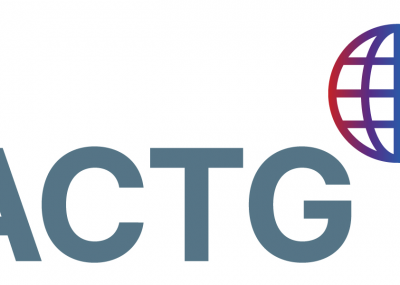Background: Untreated HIV infection is associated with increased biomarkers of endothelial dysfunction. However, the predictors and degree of endothelial dysfunction among virally suppressed HIV-infected adults on long-term antiretroviral therapy (ART) have not been well studied in sub-Saharan Africa (SSA).
Methods: We enrolled 112 HIV-infected adults with virological suppression on long-term ART and 84 HIV-uninfected controls in Botswana. We measured plasma levels of markers of endothelial injury [soluble vascular adhesion molecule 1 (VCAM-1), intercellular adhesion molecule 1 (ICAM-1) and E-selectin] and plasma levels of biomarkers of inflammation [interleukin 6 (IL-6)] and monocyte activation (sCD163). Baseline traditional cardiovascular disease (CVD) risk factors and bilateral common carotid intima-media thickness (cIMT) were also available for all participants. We assessed whether HIV status (despite virological suppression on ART) was associated with biomarkers of endothelial dysfunction after controlling for traditional CVD risk factors in linear regression models. We additionally assessed the association between IL-6, sCD163 and cIMT with endothelial dysfunction in separate multivariate linear regression models, controlling for cIMT, among virally suppressed HIV-infected participants only.
Results: In multivariate analysis, HIV infection was significantly associated with increased VCAM-1 (p < 0.01) and ICAM-1 (p = 0.03) but not E-selectin (p = 0.74) levels. Within the HIV-positive group, higher sCD163 levels were associated with decreased ICAM-1 and E-selectin (p < 0.01 and p = 0.01, respectively) but not VCAM-1 (p = 0.13) levels. IL-6 was not associated with any of the biomarkers of endothelial dysfunction.
Conclusion: HIV disease was associated with biomarkers of endothelial dysfunction among virally suppressed adults in Botswana on long-term ART after controlling for traditional CVD risk factors. Future work should explore the clinical impact of persistent endothelial dysfunction following long-term HIV viral suppression on the risk of CVD clinical endpoints among HIV-infected patients in this setting.




